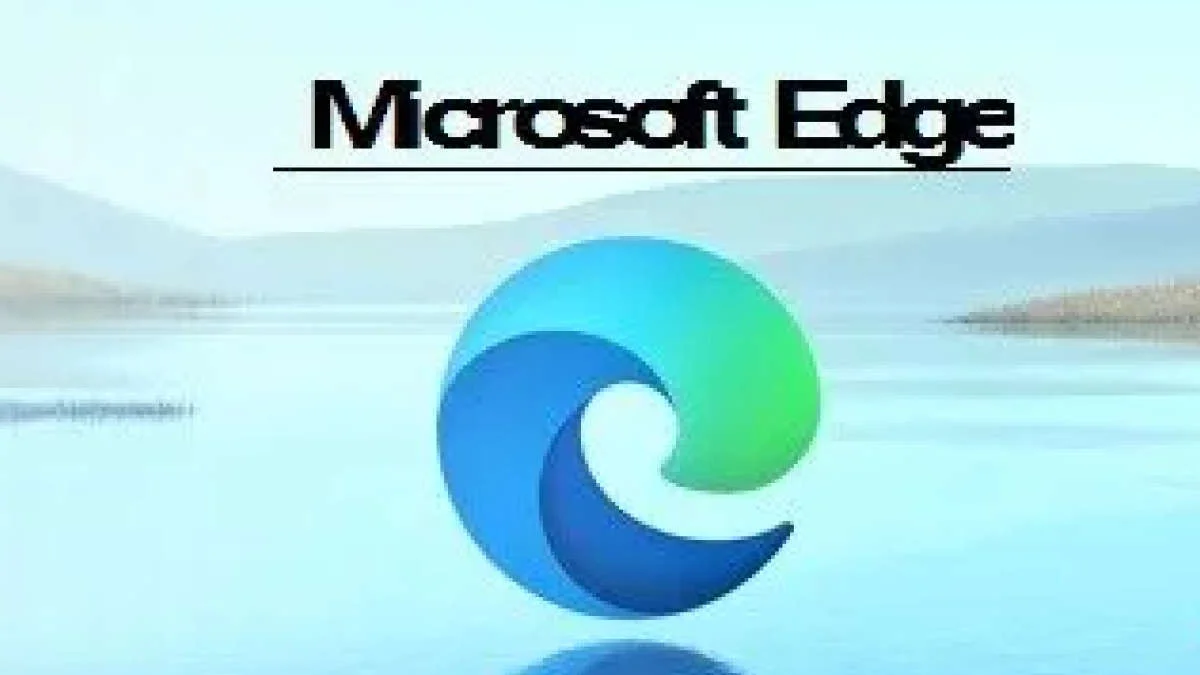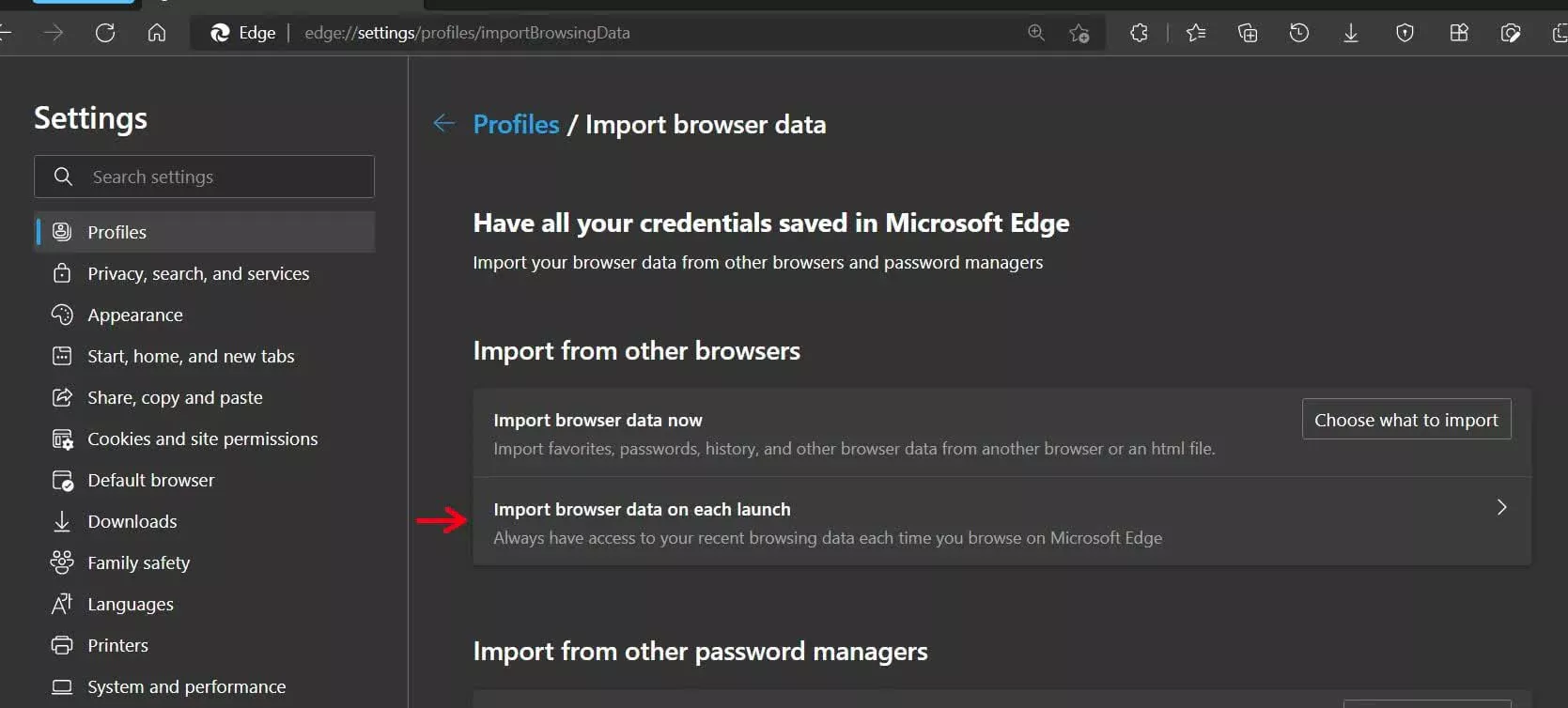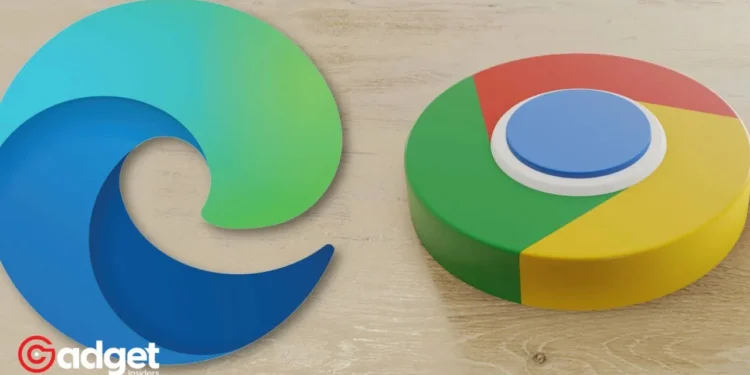In a digital era where browser loyalty is fiercely guarded, Microsoft Edge took an unexpected turn, inadvertently positioning itself as a digital kleptomaniac in the eyes of some users. Following a Windows update, a peculiar phenomenon was reported: Microsoft Edge appeared to surreptitiously copy and open Chrome tabs, stirring unease among those who had pledged their allegiance to Google’s browser.

The Incident Unfolds
The core of the controversy lies in Microsoft Edge’s unexpected behavior post-Windows update, as described in an insightful piece by The Verge. Users found Microsoft Edge launching automatically and displaying tabs previously opened in Chrome, despite Chrome being set as their default browser. This incident raised eyebrows and concerns over privacy and consent, as users did not recall authorizing Microsoft to access their Chrome browsing data.
A vivid portrayal of Microsoft’s overreach was shared on X (formerly known as Twitter), where an image showcased how Microsoft might have gained unauthorized access to third-party browser data. This revelation sparked a conversation about the importance of vigilance during the setup process of new software, emphasizing the need to decline features that could compromise privacy.
Microsoft’s Response
In an attempt to quell the rising storm, Microsoft clarified that the incident was a result of a bug, now rectified in the stable version of Microsoft Edge. The company sought to reassure users that it was not an intentional strategy to siphon users from Chrome but rather an unfortunate glitch. The patch notes from Microsoft Learn detailed the technical mishap, stating that a feature designed to import browser data from other browsers with user consent was malfunctioning, leading to unsolicited data import.
Microsoft has fixed an issue where its Edge browser was automatically importing browsing data and tabs from Chrome without consent.#microsoft #edge #browser #chrome https://t.co/0iFw2buIW4
— TechHelpKB.com 📚 (@techhelpkb) February 16, 2024
Microsoft Edge: A Blunder or a Strategy Gone Awry?
Despite Microsoft’s explanation and swift action to fix the bug, skepticism remains. The narrative of Microsoft Edge as a browser that respects user choice and privacy has been tarnished, if only momentarily. Critics argue that this incident could be perceived as part of a larger pattern of aggressive tactics to increase Microsoft Edge’s market share, though Microsoft insists it was unintended.
The incident highlights a delicate balance between adding innovative features and respecting user autonomy. Microsoft Edge, acclaimed for its performance and features, finds itself at a crossroads, needing to rebuild trust while competing in the cutthroat browser market.
Looking Ahead: Implications for Microsoft and Users
The Microsoft Edge debacle serves as a cautionary tale about the importance of transparency and consent in software updates and features. For Microsoft, the challenge lies in restoring confidence among users, assuring them that their digital preferences and privacy are paramount.

Users, on the other hand, are reminded of the vigilance required in managing their digital footprint. The incident underscores the need to closely monitor setup dialogs and updates, safeguarding against unwanted intrusions into personal digital spaces.
While Microsoft Edge remains a strong contender in the browser wars, its journey is marred by a misstep that brings valuable lessons in privacy, consent, and user trust. As the digital landscape evolves, so too must the guardians of our digital gateways, ensuring that innovation does not come at the cost of user autonomy.










